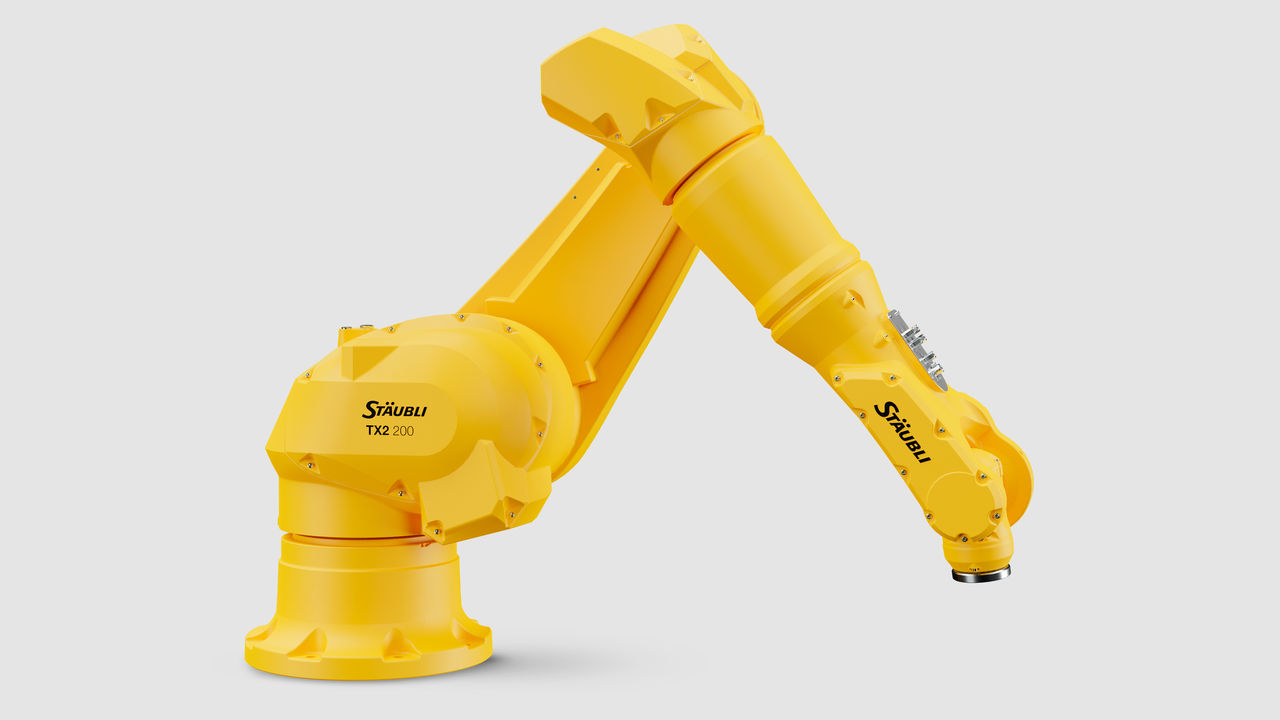- Europe
- Americas
- Asia and Middle East
- Africa and Oceania
SUCCESS STORY
Quantum leap towards Industry 4.0 in mold manufacturing
At the highly advanced Audi Competence Center for Plant Equipment and Forming Technology, the company is working towards digitally linking all processes. A robotic machining center now replaces four radial drilling machines in the manufacture of molds.
CUSTOMER BENEFITS
- Realization of a continuous digital process chain
- 60% reduction in throughput time
- Top performance thanks to a solidly built, accurate robot
- Significant increase in productivity
TASK
Robot-assisted machining of molds
At the highly advanced Audi Competence Center for Plant Equipment and Forming Technology, they are gradually working towards the digital linking of all processes. A robotic machining center now replaces four radial drilling machines in the manufacture of molds.
Back in 2015, when Audi yet again won the Werkzeugbau des Jahres (Toolmaker of the Year) award, the panel of judges was complimentary in their praise of the outstanding development and partial realization of a continuous digital process chain. Audi is taking another step towards Industry 4.0 in mold manufacture. Previously, radial drilling machines were used for making the vent holes in molds. The disadvantages were that the process was difficult to automate, was costly in terms of time and labor, and was not compatible with Industry 4.0.
Recently, a high-precision industrial robot from Stäubli has been drilling out the holes. Soon, it will be given the job of precision boring as well as thread-cutting. The project has been implemented by robot-machining GmbH of Seligenstadt who worked in close collaboration with the Audi Competence Center to develop a plant concept complete with process technology, clamping mechanism and machining technology.
SOLUTION
Know-how intensive robot system
A lot of expertise has gone into the plant. On the 8 meter long and 7 meter wide robotic machining center, molds made of steel or gray cast iron can be machined. The dimensions of the molds can be anything up to 4,500 x 2,500 x 1,000 mm and can weigh up to 20,000 kg. Controlling all activity within the cell is handled by a precision robot from Stäubli which is equipped with a 37 kW machining spindle. The large six-axis machine has a maximum load of 150 kg and a range of 2,194 mm. In order to be able to access all machining positions, the robot has been mounted on a traversing rail.
Before the robot begins drilling a deep hole, the exact calibration of the mold must be performed. For this purpose, the TX200 robot uses a 3D probe from the tool magazine and measures the exact position of the press tool. After offline reconciliation with the calculated drilling positions, a final simulation of all steps in the process is carried out by the operator before the actual drilling starts.
Between 70 and 80 vent holes are required for each half of the mold. Drilling a vent hole is done in three stages. The first is called ‘mirroring’, secondly the drilling of a 30mm-deep pilot hole and finally of the actual hole, with a diameter ranging from 4 to 8 mm. The special feature is that the linear advance of the drill bit is controlled by the robot. Juliane Kollecker, Audi Project Manager, the Department of New Business Units Automation Technology at the Competence Center: “This means that the robot actively drills the vent holes which may be up to 120 mm in depth. It requires excellent motion control and rigidity which only the Stäubli robot with its proprietary drive technology is capable of.”
CUSTOMER USAGE
Continuous digital process chain
The positions for the vent holes are predefined during the mold design stage in the CAD system and can be transferred to the offline programming system of the robot machining center without additional effort. Digital networking is a key factor in reducing throughput times. In the past, Audi had to define the positions for the vent holes on site and drill them with manually operated rigs. The digital process completely eliminates all of this effort, with the result that the automotive manufacturer has achieved a reduction in throughput time of around 60%.
The overall assessment of this innovative facility has been correspondingly positive. The robot machining center fully lives up to Audi’s expectations with regard to the drilling of the vent holes. Their practical experience with the robot fills them with confidence that the integration of further machining processes will be realized in the near future.

